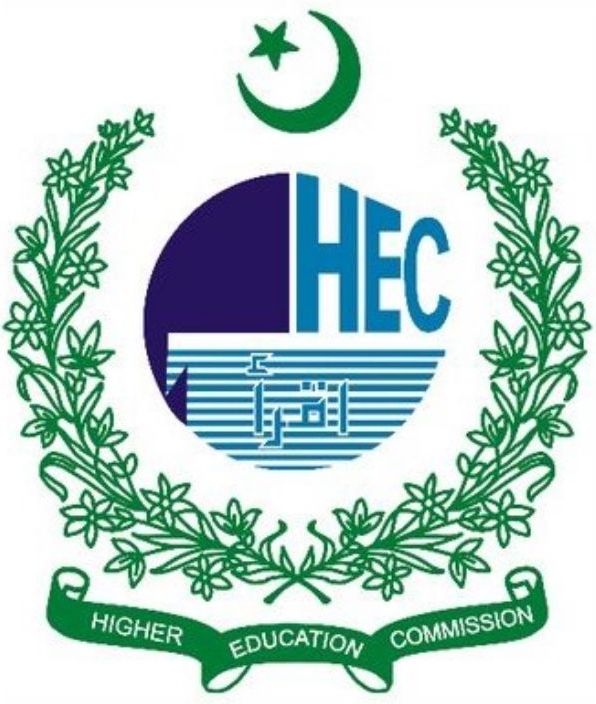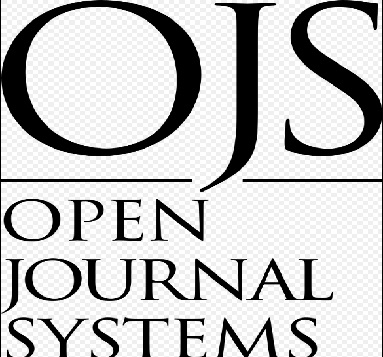Evolution of Federalism in Pakistan A Historical Analysis of Political Challenges, Constitutional Reforms, and Provincial Autonomy (1947–2025)
DOI:
https://doi.org/10.63056/ACAD.004.03.0680Keywords:
Federalism , Pakistan , Provincial Autonomy , National Finance Commission (NFC) , 18th Amendment , One Unit , Council of Common Interests (CCI) , Fiscal Federalism , Local Government , Water Apportionment Accord , Cooperative Federalism , Political Challenges , Decentralization, Comparative FederalismAbstract
This paper analyses the history of federalism in Pakistan since 1947 to 2025 on how best a relationship between political issues and constitutional developments and the struggle to have provincial autonomy worked. Theoretical insights were taken through a historical-institutional approach, and the research tracked how the federal system in Pakistan has been experiencing alternating waves of decentralization and centralisation since the Objectives Resolution (1949) and the One Unit scheme (1955) until the constitutional frameworks of 1956, 1962 and 1973 and subsequent laws that changed the##out exceptional relations. The examination indicates that is that military interference and centralization policies took away the provincial autonomy several times, and finally led to secession of East Pakistan in 1971. A new constitution of 1973 restored the parliamentary system of federalism and established several new institutions that could facilitate case federalism, including the Council of Common Interests and the National Finance Commission, but due to their intermittent and uneven deployment they did not catalyze collaborative federalism. The decisive process took place with the 18th Amendment (2010), the 7th NFC Award (2009/10), which devolved profiles of legislation, fiscal, and general administration to the provinces and the 25th Amendment (2018) which merged the FATA with Khyber Pakhtunkhwa. The major problems have been replication of the 7th NFC Award, water distribution, and tensions over issues of natural resources and implementation of Article 140 A of the weak local governments. By locating the Pakistani experience within the body of comparative federalism work, the paper has suggested that despite Pakistan formally making a sound step toward cooperative federalism, it still faces consolidations of institutions with a weak institutional, destabilizing political, and insufficiently decentralized environment. The results indicate that the concept of sustainable federalism in Pakistan relies on regular collaboration of the inter-governments, disclosure of fiscal federalism and strengthening of local governments.
Downloads
Published
Issue
Section
License
Copyright (c) 2025 Zahoor Ahmed, Syed Ameer Haider Kazmi, Dr. Irshad Ali Wassan, Salman Ahmad (Author)

This work is licensed under a Creative Commons Attribution 4.0 International License.












